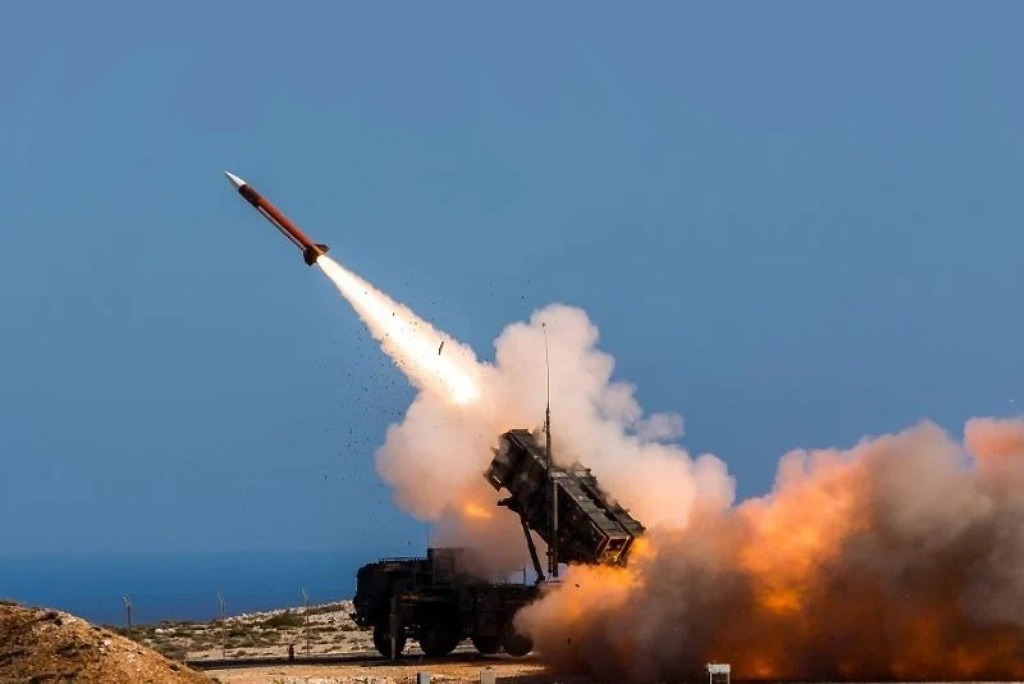Air Force Explores Next Generation Air-refueling System Options
Overview of the Next Generation Air-refueling System (NGAS)
At the recent AFA Air, Space and Cyber conference, the United States Air Force expressed its ongoing commitment to the development of a sixth-generation tanker aircraft, under the Next Generation Air-refueling System (NGAS) initiative. This program has encountered numerous fluctuations since its inception in 2023, reflecting the complexities of modern defense priorities and technological challenges.
Evolving Requirements and Industry Engagement
The Air Force’s vision for NGAS began with the concept of a low-observable, stealth-capable tanker that could efficiently refuel aircraft in contested environments. However, the service has grappled with balancing competing high-value programs and assessing the viability of its existing tanker fleet. As General John Lamontagne, commander of Air Mobility Command, stated, “Every option is on the table,” indicating a thorough examination of various airframe designs.
In pursuit of this goal, the Air Force has issued several Requests for Information (RFIs) to industry stakeholders, aiming to gather insight that will inform future design considerations. The objectives include:
- Refining airframe specifications
- Enhancing mission systems
- Improving propulsion capabilities
Lamontagne highlighted a comprehensive exploration of conventional tanker models, such as the KC-135 Stratotanker and KC-46 Pegasus, alongside more innovative configurations. Potential candidates include “business jet designs, blended-wing bodies, and signature-managed tankers.”
Survivability and Technological Integration
A pivotal issue under consideration is whether to produce a custom, stealthy solution for NGAS. The Air Force’s analysis emphasizes a systems-based approach to survivability, exploring options such as:
- Incorporating electronic warfare capabilities to diminish radar signatures
- Partnering with manned and unmanned platforms, such as the upcoming Collaborative Combat Aircraft (CCA), for enhanced tactical versatility
While not a primary focus, the potential for an autonomous tanker model similar to the Navy’s MQ-25 Stingray warrants consideration. The MQ-25 indicates that technological advancements in unmanned aerial refueling capabilities are viable, and Lamontagne acknowledged that the Air Force remains open to similar innovations.
Budget Considerations and Future Directions
Cost efficiency remains a critical factor influencing the NGAS project’s direction, particularly alongside major concurrent projects such as the F-47 fighter aircraft and the B-21 Raider stealth bomber. In August, the Air Force published an additional RFI to gain precise cost projections for various airframe designs. Lamontagne noted that prior broad inquiries yielded only rough financial estimates.
The forthcoming responses to the RFI, due by October 24, will help refine the Air Force’s understanding of potential costs associated with different configurations. This process aims to clarify which designs are feasible in terms of cost while prioritizing effective signature management.
Next Steps and Strategic Outlook
As the Air Force progresses, it will continue to focus on maintaining the readiness and efficiency of its existing tanker fleet while simultaneously crafting a long-term strategy for NGAS. The insights gained from industry collaborations will inform decisions about the future landscape of air-refueling capabilities.
In summary, the approach to developing the NGAS exemplifies the complexities of adapting to new technological opportunities while ensuring the operational integrity of air mobility capabilities.





